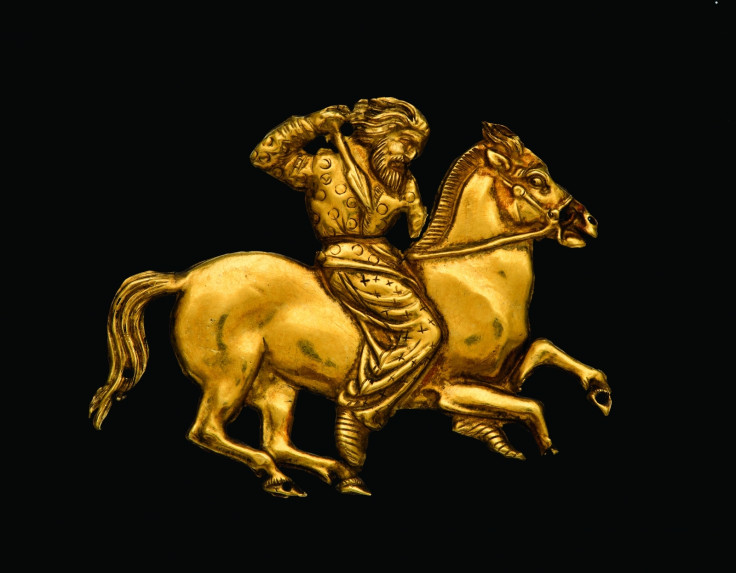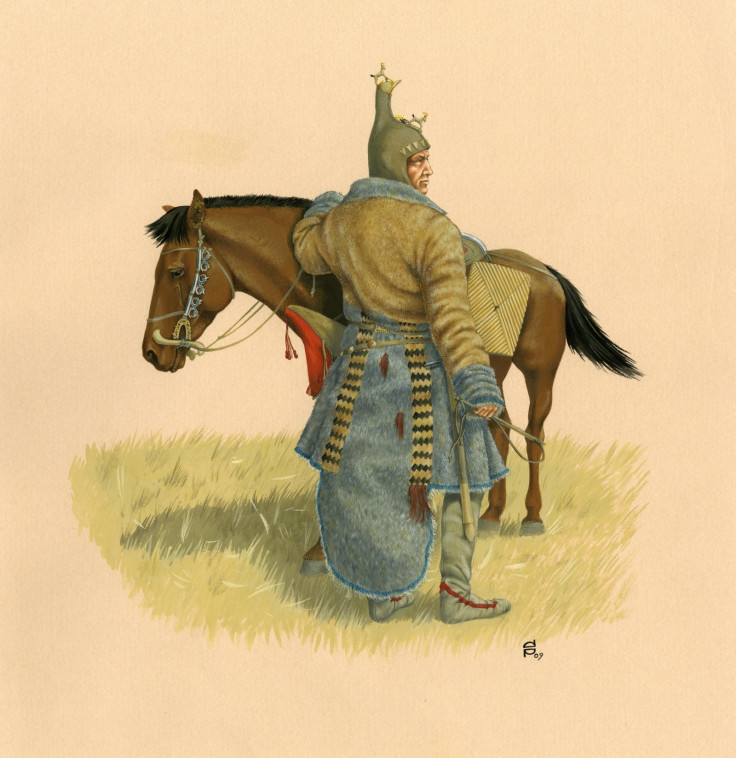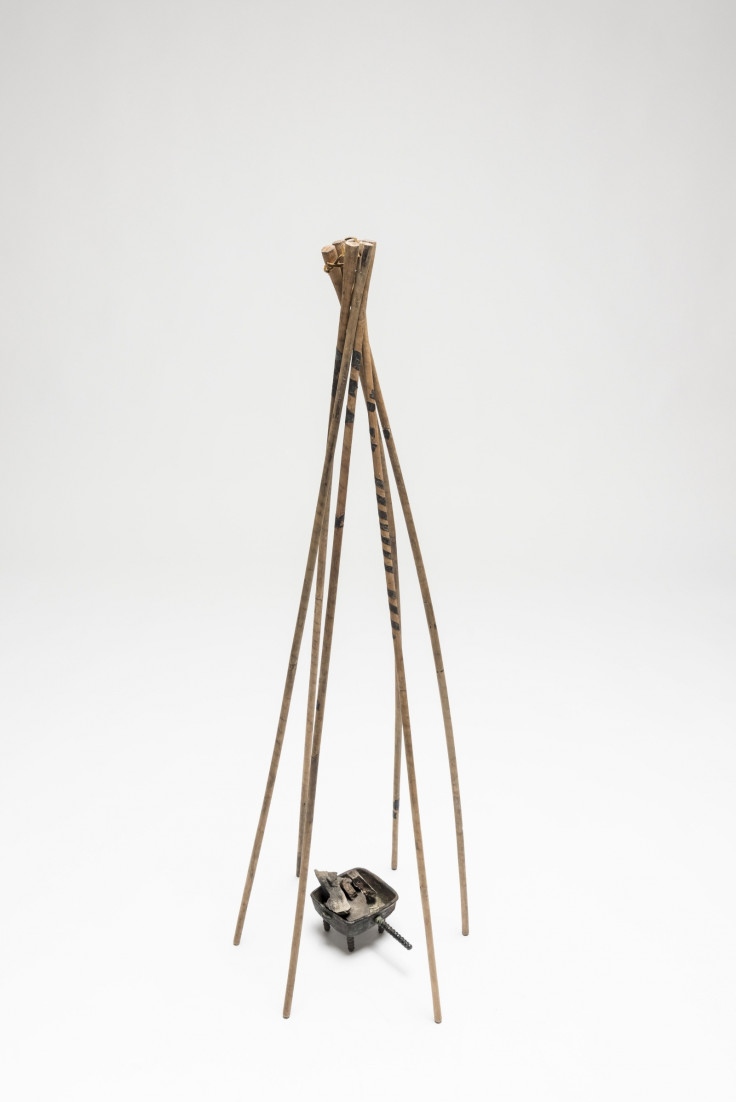The Scythians of ancient Siberia were terrifying warriors – their only weaknesses were booze and weed
Scythians were fond of horses, fighting, gold and getting high on hemp seeds.
Ancient Greek generals lived in fear of the Scythians – no culture could have survived a united attack by the Siberian horseback armies, it was said.
That's no surprise. The Scythians were extremely skilled horseback warrior tribes that dominated Siberia and the wider Eurasian steppe more than 2,500 years ago. They were an unstoppable presence between the Black Sea and China from about 900 BC to 200 BC.
They were a nomadic people, capable of travelling great distances. Their survival and their success was largely down to their skill with horses. They were the forerunners to the Turks, the Huns and the Mongols.
Despite this legacy, the Scythians were all but forgotten until the 18th century. Tsar Peter I sent missions into Siberia, which returned with treasure from Scythian tombs, incredibly well preserved in the permafrost. The tsar collected the rich range of artefacts in his 'cabinet of curiosities', which are now displayed in museums across the world.
At the British Museum's newly opened collection, The BP exhibition Scythians: warriors of ancient Siberia, displays many such treasures. Mystical and mundane creatures do battle in scenes on buckle belts made of solid gold.
Camels, tigers, yaks, birds of prey, deer and strange hybrid creatures fight each other on buckle adornments measuring more than 4 inches across. These intricate scenes were made either by hammering the soft gold into the shape of a wooden mould, or by casting them into shape using wet clay and cloth.

As well as the belt adornments, torcs – thick, solid, looping neck adornments – end in tigers' heads, with delicate turquoise inlays. On another, the gold tube ends in a pair of lion heads. Elite Scythians would also wear long delicate spiral bracelets as a sign of their rank. Such was this culture's love of the shiny yellow stuff, even rich Scythian horses' bridles were covered with gold.
The people themselves were heavily tattooed. The men shaved off their beards, and the women shaved their heads and wore extremely tall pointy headdresses. Women would often wear trousers as well as skirts.
These warriors may have terrified their enemies riding into battle, and dazzled their admirers with their fancy gold jewellery, but there were one or two chinks in their armour.

The Scythians had a notorious fondness for alcohol, which they were said to have acquired from their trade with the Greeks. There was a saying "to drink like a Scythian" – imbibing strong, neat wine, undiluted and in great quantities. The Greeks, on the other hand, tended to water it down to make it less potent.
Their other weakness was weed. They burnt hemp seeds under a six-pronged narrow tent structure. They would fill it with smoke and then breathe it in deeply. One such Scythian hemp tent can be seen at the museum.
The BP exhibition Scythians: Warriors of Ancient Siberia is open at the British Museum, London, until 14 January 2018.

© Copyright IBTimes 2025. All rights reserved.





















